Big cats, encompassing species like lions, tigers, leopards, and jaguars, are more than just icons of beauty and power—they are crucial components of their habitats. Their presence or absence resonates through ecological systems, leading to profound impacts on biodiversity, ecosystem balance, and even human communities. Understanding why these magnificent creatures are essential can inspire efforts to conserve them and the environments they inhabit.
1. Top Predators in the Food Chain
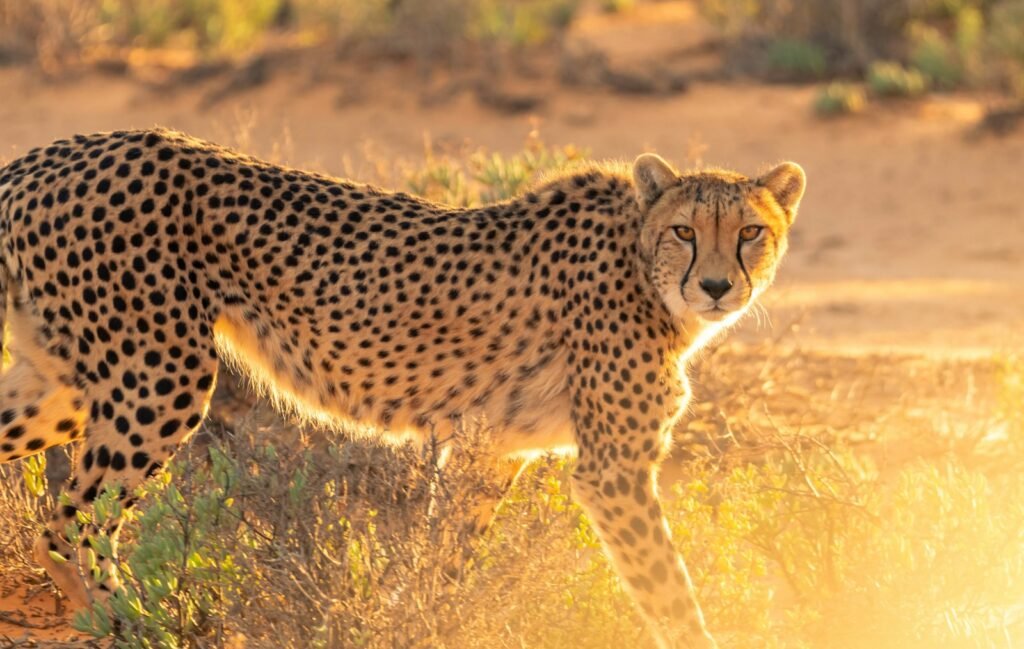
Big cats sit at the apex of the food chain in many ecosystems, playing a critical role in controlling the populations of herbivores and other secondary consumers. By managing these populations, they prevent overgrazing and ensure the health and diversity of plant life. Without these natural predators, ecosystems could face overpopulation of certain species, leading to a cascade of unintended environmental consequences.
2. Promoting Biodiversity
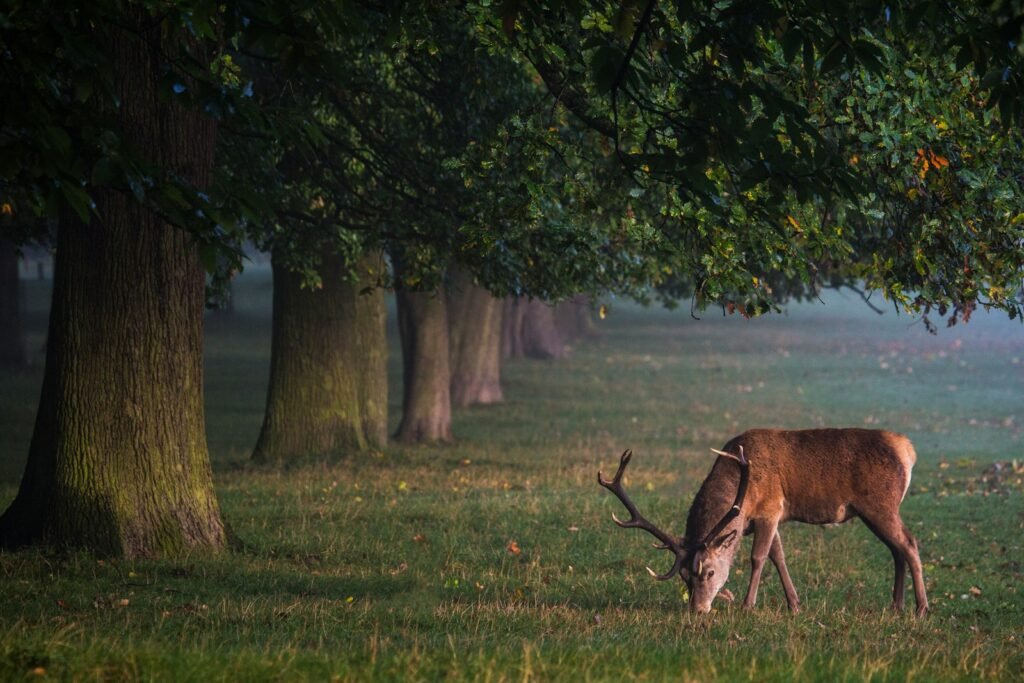
Through their influence on prey populations, big cats help maintain biodiversity. A variety of species is essential for resilient ecosystems, as it ensures that natural processes like pollination, soil formation, and nutrient cycling continue unabated. By regulating herbivore densities, big cats ensure that plant species can grow and flourish, providing habitat and food for countless other organisms.
3. Controlling Diseased Animal Populations
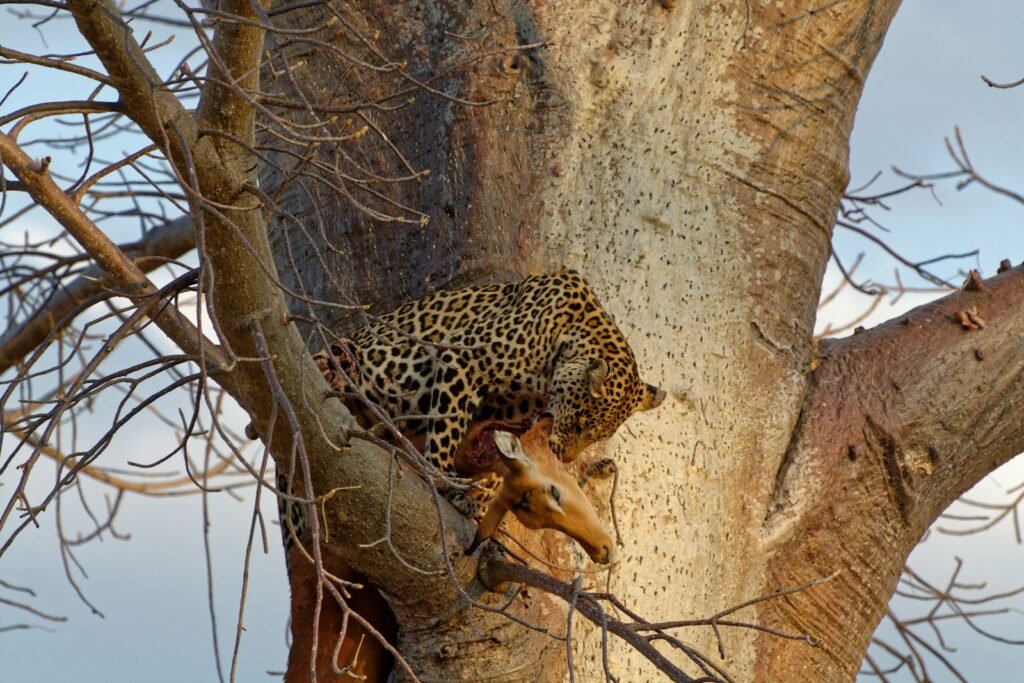
Big cats often hunt sick, weak, or young animals, which helps control the spread of disease within animal populations. This natural selection process enhances the genetic health of prey species, reducing the risk of devastating outbreaks that could further threaten biodiversity. In turn, this helps minimize spillover events where diseases jump from animals to humans, providing a natural buffer against potential zoonotic threats.
4. Maintaining Balance in Ecosystems
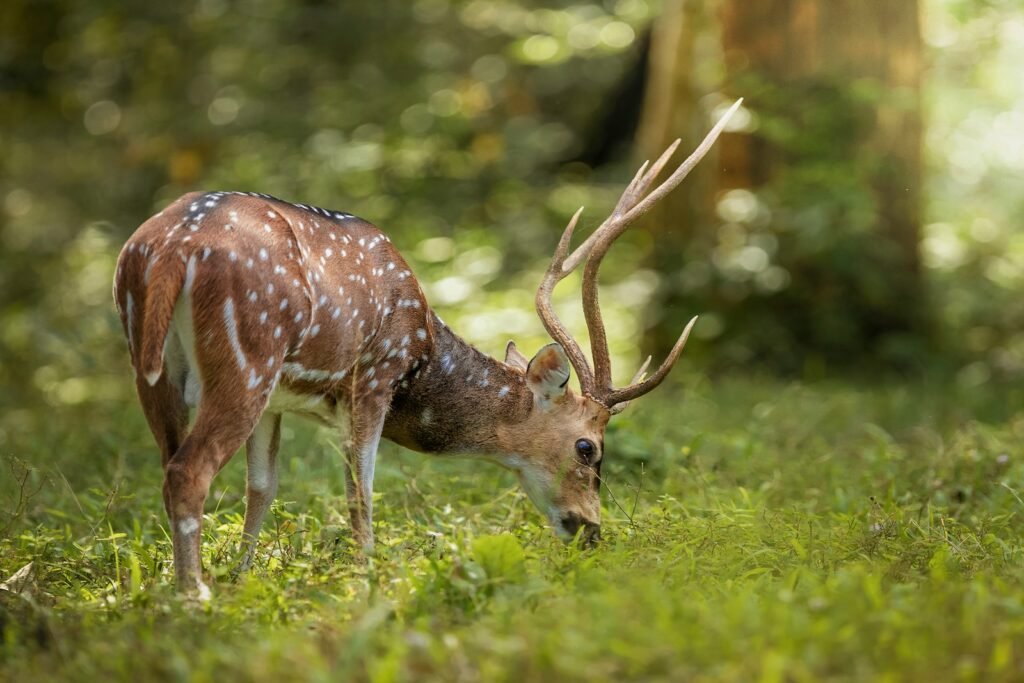
Big cats contribute to the equilibrium of ecosystems by managing the balance between their prey and the vegetation. This dynamic control allows for a harmonious environment where both flora and fauna can thrive without one overwhelming the other. This balance is imperative for the sustainability of ecosystems that support numerous other life forms, including humans.
5. Keystone Species
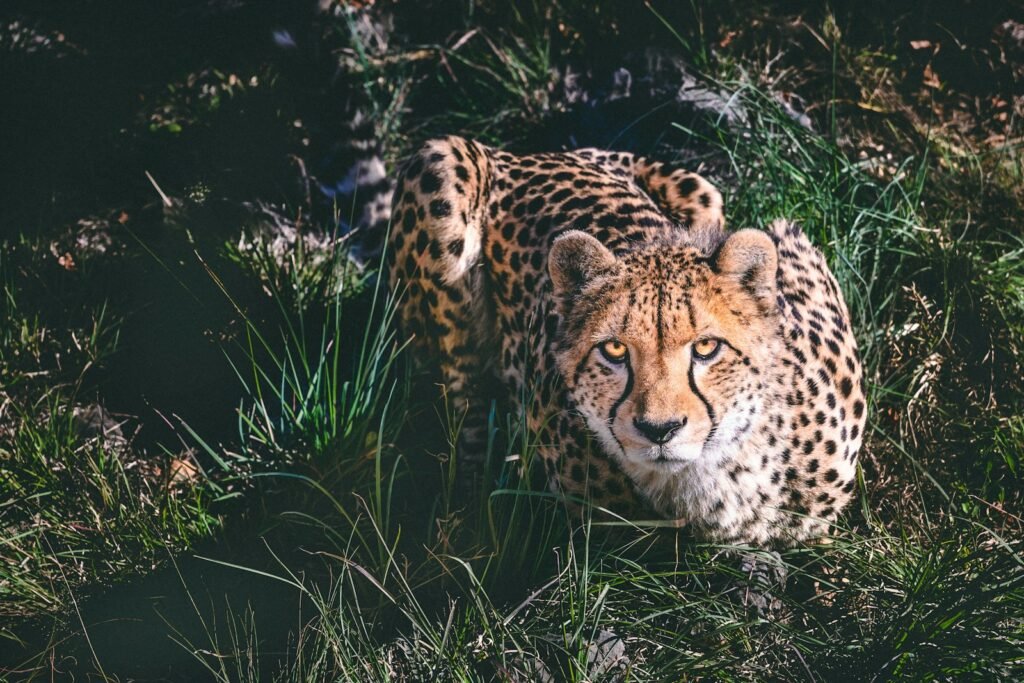
As keystone species, the presence of big cats ensures the structure and functionality of their ecosystems. Their activities influence the population sizes and behaviors of other wildlife. Without them, the ecosystem could shift dramatically, losing its complexity and richness. Protecting these crucial creatures helps secure the ecological networks they uphold.
6. Supporting Ecotourism
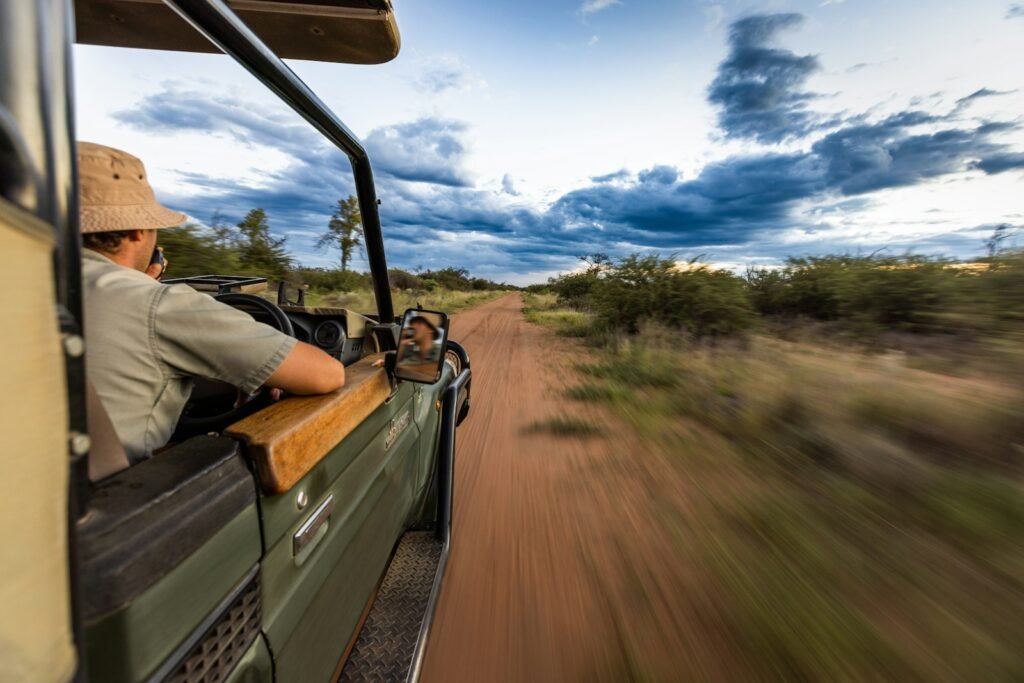
Big cats are major draws for ecotourism, which can be a significant source of income for local communities. Tourists eager to glimpse these majestic animals in their natural habitats contribute economically to conservation efforts and community development. This not only helps incentivize local populations to value wildlife conservation but also drives global awareness and support for preserving these animals and their environments.
7. Indicator Species
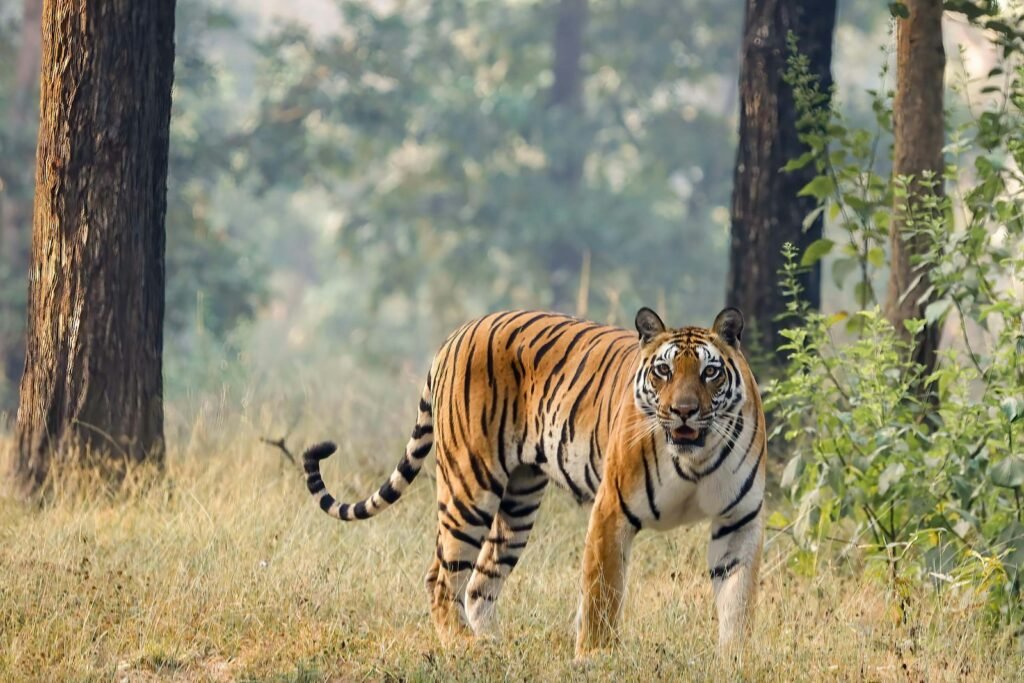
Big cats serve as indicator species, meaning changes in their population sizes can reflect the health of their environments. A thriving big cat population generally indicates a healthy, functioning ecosystem. Conversely, declining numbers can signal issues such as habitat loss, prey scarcity, or environmental pollution, prompting necessary conservation interventions.
8. Cultural Significance and Inspiration
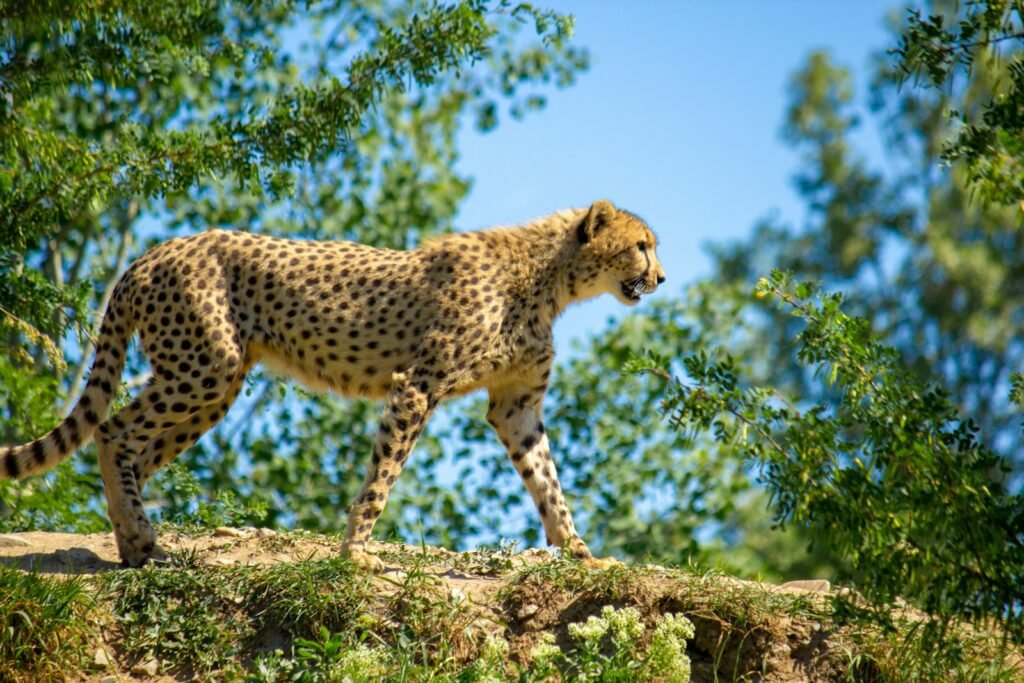
Throughout history, big cats have featured prominently in human culture, symbolizing strength, courage, and freedom. They inspire art, folklore, and religion, enriching human cultures globally. Preserving big cats is crucial not only for ecological reasons but also for maintaining the cultural identities and heritage they embody.
9. Stimulating Genetic Diversity
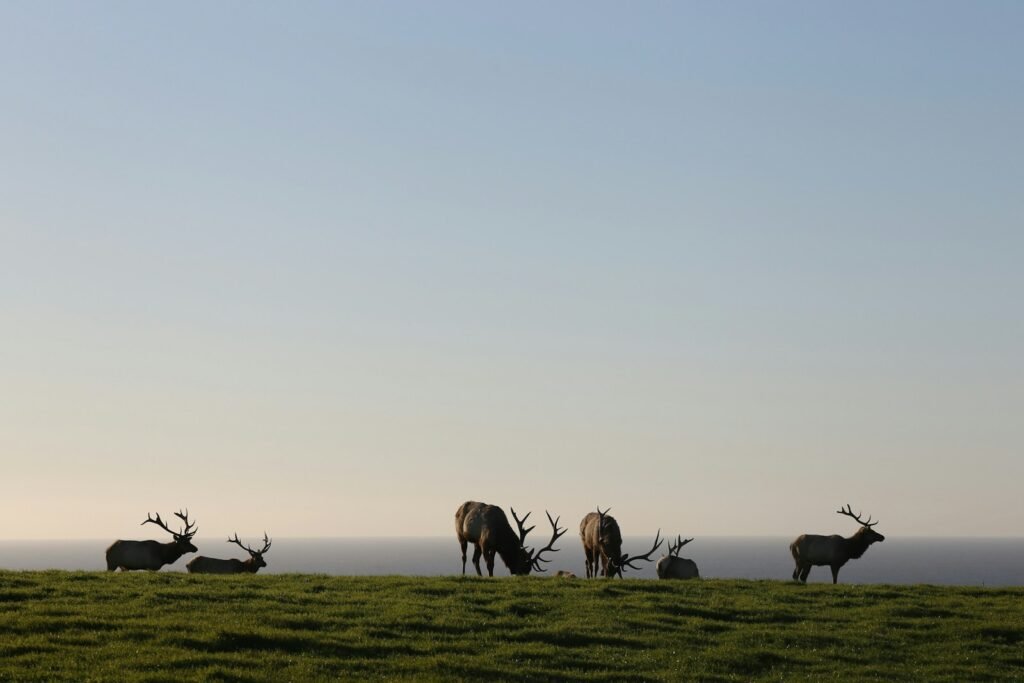
Through their predatory activities, big cats can indirectly increase the genetic diversity of prey populations. By targeting weaker or ill individuals, they ensure that stronger, healthier animals survive to reproduce. This natural selection process results in more resilient and diverse populations that can better adapt to environmental changes.
10. Controlling Invasive Species
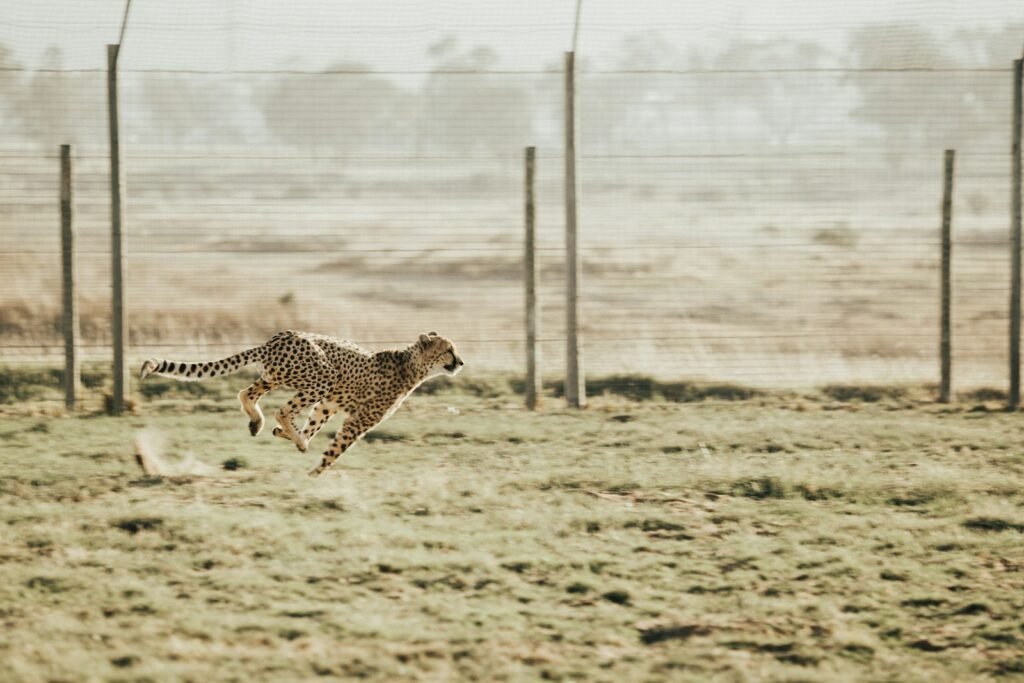
In areas where habitat destruction or human activities introduce foreign species, big cats can act as a deterrent to invasive species that threaten local biodiversity. By maintaining their territories and hunting practices, they can suppress these intruders, providing an essential check against ecological imbalance and loss of native species.
11. Enhancing Carbon Storage through Habitat Preservation
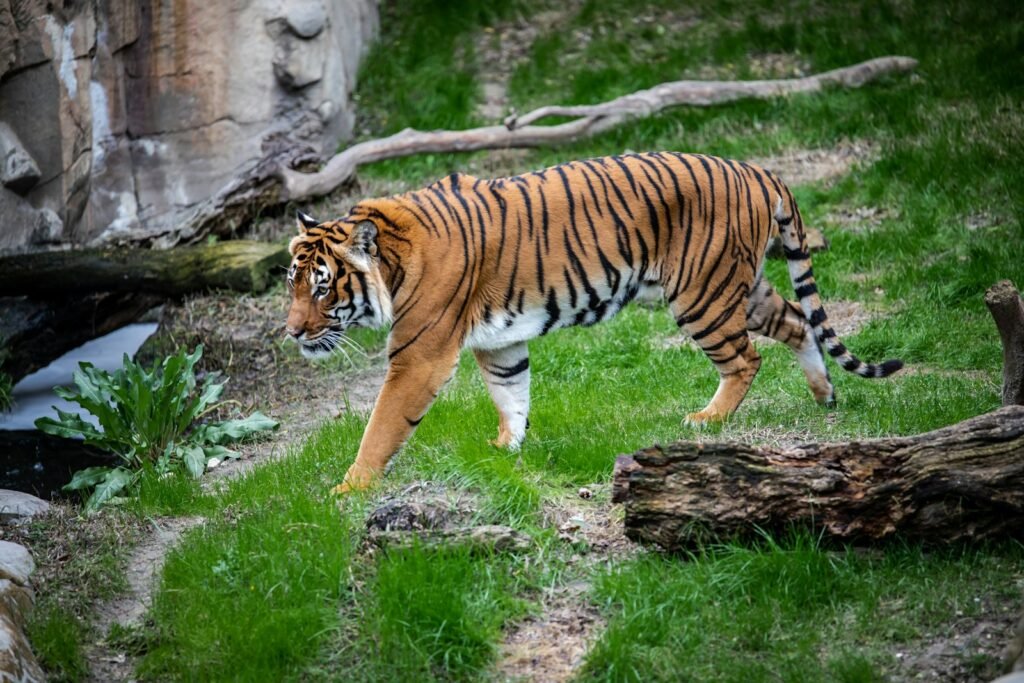
The habitats that sustain big cat populations, such as forests and grasslands, are crucial carbon sinks, absorbing and storing carbon dioxide from the atmosphere. By conserving big cats and their habitats, we also protect these vital ecosystems, which play a significant role in mitigating climate change by maintaining carbon storage capacities.
12. Awakening Conservation Awareness
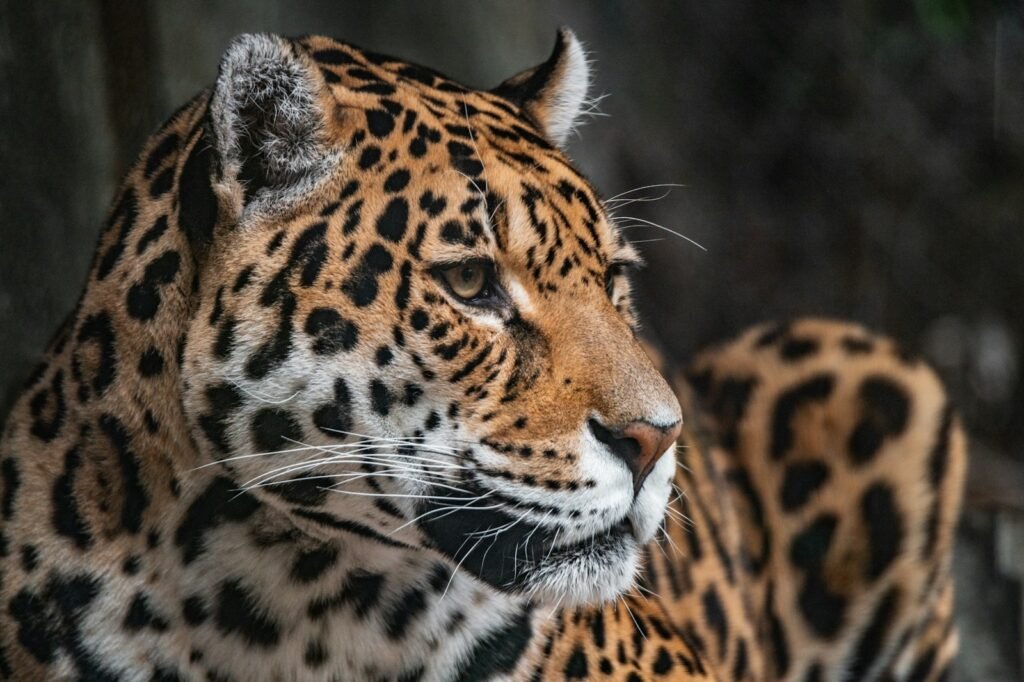
Big cats have become flagship species for conservation campaigns worldwide. Their powerful appeal and charisma attract attention and funding to broader environmental issues, motivating global awareness and action to tackle habitat destruction, climate change, and other threats to biodiversity. Protecting big cats ultimately translates to a wider commitment to preserving the planet’s natural heritage.
In conclusion, big cats are more than just awe-inspiring creatures; they are vital to the health and well-being of ecosystems worldwide. Their roles as apex predators, indicators of environmental health, and cultural icons make them indispensable. By understanding and valuing their contributions, we can foster better conservation strategies that benefit both these majestic animals and the ecosystems they call home. The preservation of big cats is not just about saving a species; it’s about maintaining the intricate tapestry of life that sustains us all.

Growing up traveling and experiencing new cultures and wonders, I have had a passion for nature, adventuring, photography, and videography. I am currently working towards a BSc in Biodiversity and Ecology at Stellenbosch University, and I hope to specialise in Marine Sciences one day.
Please send any feedback to Feedback@animalsaroundtheglobe.com






